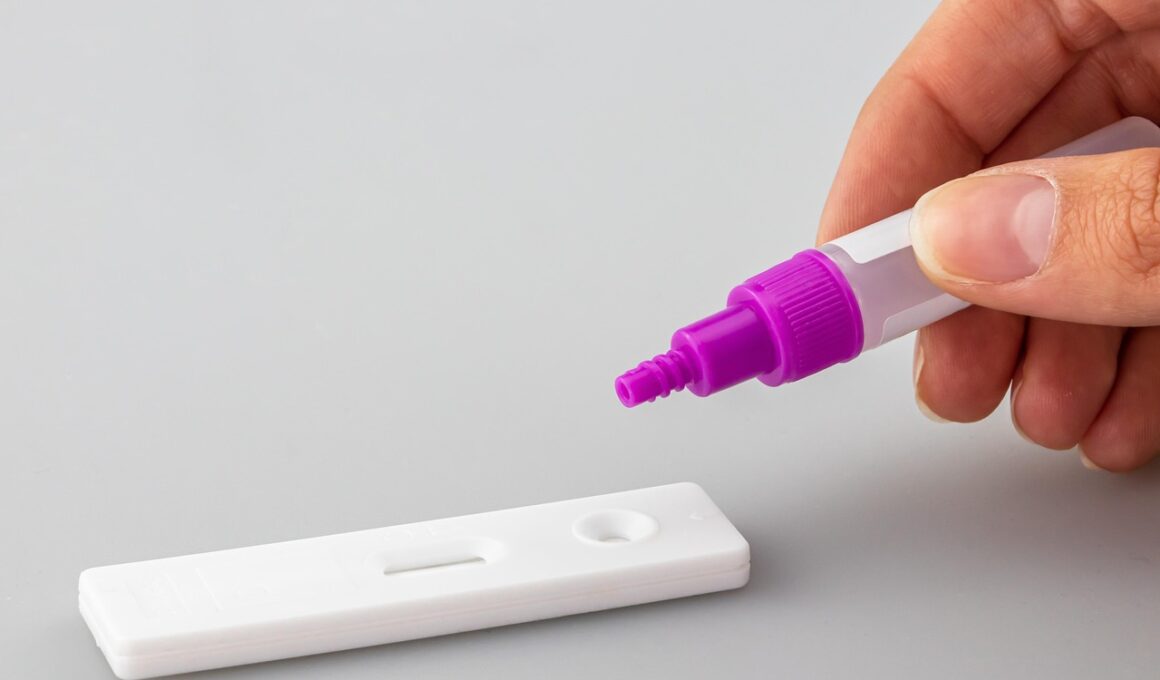Effective Split Testing for Affiliate Marketing Growth
Split testing, often referred to as A/B testing, is a crucial technique for enhancing affiliate marketing strategies. This process involves comparing two versions of a webpage, email, or advertisement to determine which one performs better in terms of conversions and user engagement. Marketers can test various elements such as headlines, images, call-to-action buttons, and even the layout of the page. By leveraging data-driven insights, businesses can make informed decisions that significantly impact their marketing efforts. In affiliate marketing, where competition is fierce, optimizing your campaigns through split testing can set you apart from the rest. The key to successful split testing is to change only one variable at a time, ensuring that results are attributable to that specific change. Effective testing typically involves a large enough sample size to obtain reliable results and gauge the statistical significance of the findings. This iterative process not only improves conversion rates but also enhances the understanding of customer preferences, ultimately leading to higher earnings and profitability for affiliate marketers.
The implementation of split testing should start with clearly defined objectives. Knowing what to test is essential to the effectiveness of the campaign. Goals could range from increasing newsletter sign-ups, driving product sales, or boosting click-through rates on affiliate links. Establishing quantifiable metrics helps in measuring the success of the tests effectively. For example, if the objective is to enhance click-through rates, the performance of different call-to-action phrases should be analyzed. Furthermore, it’s vital to track the performance over a sufficient period to ensure that results aren’t influenced by external seasonal factors. Using analytical tools such as Google Analytics or dedicated A/B testing software provides deep insights into user behavior. Moreover, ensure that your audience is representative of your target demographic to avoid skewed results. Engaging with a diverse audience yields better insights into what draws attention and encourages action. In addition, it’s important to document every test comprehensively to understand what strategies worked or didn’t work over time and adjust future campaigns accordingly.
The Importance of Variants in A/B Testing
When creating variants for your split tests, consider elements such as text styles, images, colors, and buttons. Simple changes can evoke different emotional responses, thus altering user behavior. For instance, changing a button from green to red may lead to improved conversions simply because of how colors appeal to users. The wording in headlines or introductory paragraphs crucially affects engagement levels as well. Testing variants helps uncover not just what works well but also why it resonates with your audience. Always prioritize one variant at a time to clearly identify which version leads to superior performance. Use controlled variables to ensure that the test is fair; for example, keep the traffic source the same to avoid discrepancies in user quality. Additionally, consider the timing of your tests. Testing during peak traffic periods can yield better data, as you’ll have a larger audience sample. Use different devices and browsers to ensure robust results. Recording responses across various platforms gives a well-rounded view of how elements perform in real-time situations.
After running your split tests, analyzing the data is the next crucial step. Collect metrics that matter, such as conversion rates, time spent on site, and user interactions. The results should vividly show which variants performed better and why. Tools that offer visual data representation, like graphs and charts, can make it easier to interpret your findings. A successful affiliate campaign is not merely about following trends; it requires keen observance of these data patterns. Remember, the primary goal is to optimize for user experience while driving conversions. It can sometimes reveal surprising insights. For example, you might discover that a seemingly less attractive image drove more sales than a more professional one. Additionally, make sure to follow up on your findings with subsequent tests to ensure results are consistent over time. Trends may shift, so continuous testing is essential in the evolving field of affiliate marketing. Regularly revisiting data allows you to stay ahead of your competition and adapt strategies effectively to the market dynamics.
Common Pitfalls to Avoid in Split Testing
As beneficial as split testing can be, there are common pitfalls that marketers should avoid to capitalize on this strategy successfully. One major issue is testing too many variables at once, which can confuse results and prevent clear conclusions. Each test should focus on altering just one element to ensure reliability. Additionally, not allowing sufficient time for tests to run often leads to premature conclusions. Marketing campaigns require time to gather accurate data; rushing to switch strategies can compromise long-term success. Another common mistake is neglecting to test mobile variants, as many users access content through smartphones. Implementing tests across all platforms ensures inclusivity in user behavior analysis. Furthermore, failing to incorporate statistical significance in test results can lead to erroneous decisions based on chance outcomes. Marketers should aim for a confidence level of 95% or higher to validate their findings. Lastly, always document your testing process thoroughly so that future marketers can learn from your experiments. This not only creates a knowledge base within your team but fosters continuous improvement over time.
In addition to avoiding pitfalls, maintaining a culture of experimentation within your marketing team fosters innovation. Encourage your team to come up with fresh ideas for split tests that align with current trends and user feedback. The agile environment allows quick pivots based on testing results, helping to evolve strategies continuously. Promote open communication to share findings and insights regularly. Celebrating successful tests and learning experiences from less successful ones augment collective expertise. Also, consider the role of user feedback in shaping future tests; soliciting customer opinions can inspire meaningful split test ideas that resonate well with your audience. Moreover, remain attentive to industry developments to identify timely opportunities for testing. For example, during holiday seasons, specific promotions may perform better than standard offers. Therefore, having a flexible testing schedule that adapts to market behaviour is advantageous. Continually updating your knowledge and testing library positions your affiliate marketing strategy firmly in the lead, maximizing not only conversions but overall growth in your affiliate programs.
Final Thoughts on Split Testing for Affiliate Success
Ultimately, effective split testing is a critical component of successful affiliate marketing growth. Its role in optimizing campaigns and improving user engagement cannot be overstated. By making data-driven decisions based upon split tests, affiliate marketers can uncover insights that drive their strategies forward. Continuous learning through testing not only enhances immediate performance but also builds a foundation for long-term success. Regularly revisiting results ensures the strategies remain relevant and effective, adjusting for changes in user preferences and market conditions. In addition, incorporating feedback from customers further refines testing approaches and enhances conversion strategies. Establishing a systematic and analytical culture towards testing promotes sustained engagement and continuous improvement. Consider collaboration with skilled analysts or utilizing A/B testing services to optimize testing procedures fully. Your commitment to testing can differentiate your affiliate strategy from the competition. In this way, you not only survive but thrive, achieving significant growth milestones in your affiliate marketing endeavors. Embrace split testing as a journey of discovery that leads to ongoing improvement, and your marketing efforts will yield exponential growth.
There is always more to learn about your audience, market dynamics, and what motivates user action. Thus, ongoing split testing should be a non-negotiable aspect of any affiliate marketing strategy. As you aim for effective growth, integrate these testing frameworks into your everyday practices. Leverage the power of analytics and user behavior insights to steer your alternative marketing strategies in the right direction. By continuously testing and learning, you will derive better results and drive sustainable affiliate income over time. Each successful test not only adds valuable lessons to your toolkit but also positions your brand as one that prioritizes customer satisfaction and engagement. Therefore, prioritize and invest in your testing methodologies, understanding that this is an iterative journey. Your keen eyes for detail, alongside strategic testing approaches, can uncover potential avenues for optimized affiliate marketing. Stay committed to honing these skills, and the benefits of split testing will culminate in successful outcomes that reflect in your growth strategies and bottom line.


